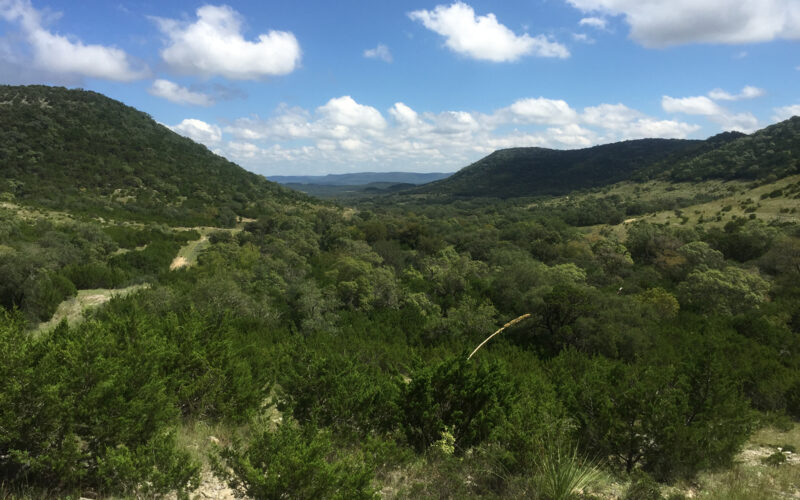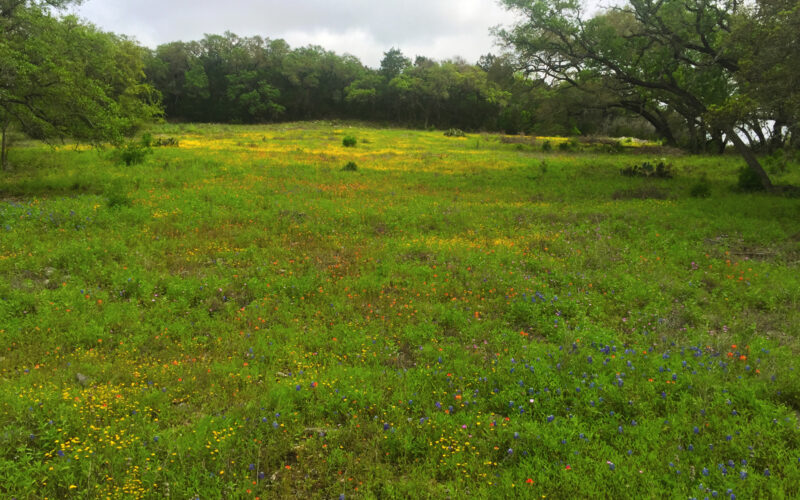Conservation Easements
Conservation Easements on the recharge and contributing zones of the aquifer are a significant component of fulfilling the EAA mission to preserve and protect the Edwards Aquifer.
In partnership with the Edwards Aquifer Conservancy (EAC), the EAA and EAC hold over 7,900 acres of land in conservation easements and actively support the protection of nearly 185,000 acres in the region in partnership with the City of San Antonio, Edwards Aquifer Protection Program (EAPP). In 2008, the EAA joined with the City of San Antonio in an interlocal cooperation agreement to provide geological assessment and easement monitoring support to the EAPP. The EAA continues to perform geologic evaluations on prospective properties and conducts the annual monitoring that is essential to the integrity of the program.
What is a Conservation Easement?
A conservation easement is a voluntary legal agreement between a landowner and a land trust or government agency that limits certain activities on the land for the purpose of protecting its conservation values in perpetuity. Landowners that have a conservation easement placed on their property retain the ownership of their land and can still enjoy many of the uses of the property they did prior to the conservation easement such as hunting, recreation and agriculture.
In the Edwards Aquifer region, conservation easements are an important tool for protecting the quality and quantity of water entering the aquifer as recharge. This is accomplished by limiting development and impervious cover while preserving the natural condition and historical recharge contributions of the property.
Conservation easements are an excellent tool for protecting the conservation values of the Edwards Aquifer as they are a non-regulatory, voluntary and incentive based method of contributing to aquifer sustainability that can benefit both the landowner and stakeholders that depend on this valuable resource.

 Aquifer Conditions
Aquifer Conditions




 CURRENT
CURRENT 
